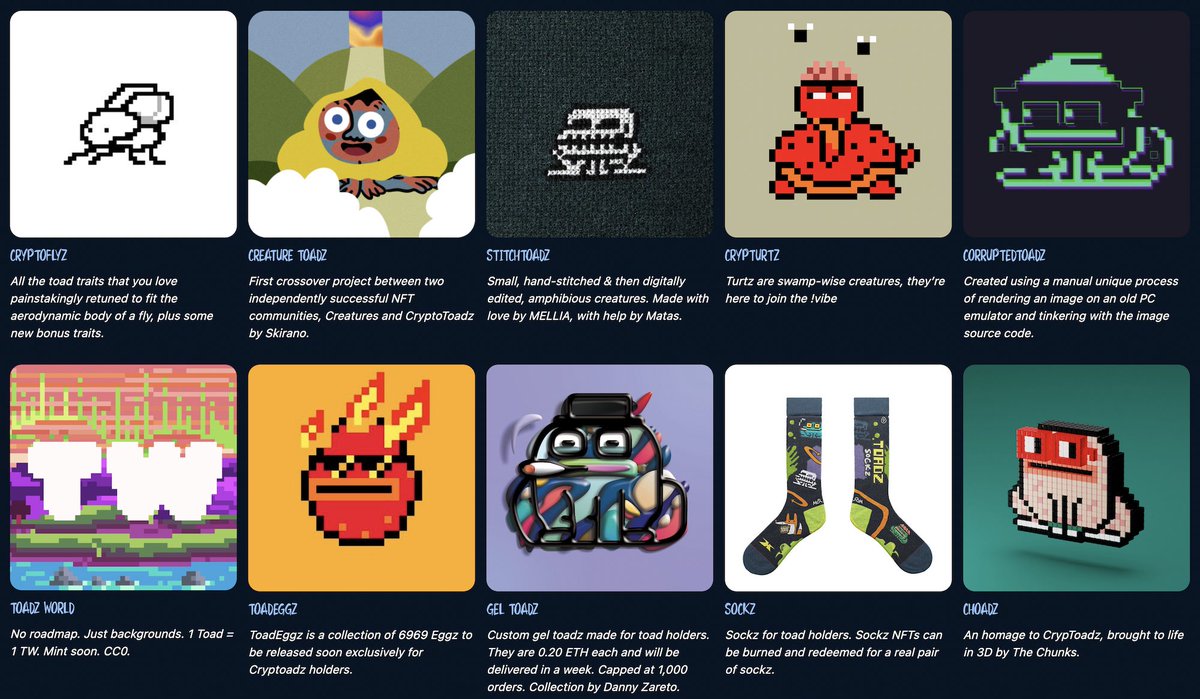
Why is AI bad at math? 📐
Machine learning models today are good at generating realistic-looking text (see GPT-3), images (VQGAN+CLIP), or even code (GitHub Co-Pilot/Codex).
However, these models only learn to imitate, so the results often contain logical errors.
Thread 👇
Machine learning models today are good at generating realistic-looking text (see GPT-3), images (VQGAN+CLIP), or even code (GitHub Co-Pilot/Codex).
However, these models only learn to imitate, so the results often contain logical errors.
Thread 👇

Simple math problems, like the ones 10-year-old kids solve, usually require several logical steps involving simple arithmetics.
The problem is that, if the ML model makes a logical mistake anywhere along the way, it will not be able to recover the correct answer.
👇
The problem is that, if the ML model makes a logical mistake anywhere along the way, it will not be able to recover the correct answer.
👇

@OpenAI is now working on tackling this issue.
In their latest paper, they introduce the so-called verifiers. The generative model generates 100 solutions, but the verifiers select the one that has the highest chance of being factually correct.
openai.com/blog/grade-sch…
👇
In their latest paper, they introduce the so-called verifiers. The generative model generates 100 solutions, but the verifiers select the one that has the highest chance of being factually correct.
openai.com/blog/grade-sch…
👇
This strategy helps them get much better at solving simple math problems - almost on par with kids aged 9-12. However, they still achieve only 55% correct answers, so there is still some way to go.
It is an interesting research field though, so great to see progress there.
👇
It is an interesting research field though, so great to see progress there.
👇
Thanks to @lacker for running and documenting a series of interesting experimets with GPT-3. The example in the first tweet is taken from there. Check all of them in this blog post:
lacker.io/ai/2020/07/06/…
lacker.io/ai/2020/07/06/…
Yes, this is a good point! AI is not bad at math, language models are still bad at math.
If you converted these problems to mathematical notation, they would be trivial to solve by a computer without any AI. It is how you get there...
If you converted these problems to mathematical notation, they would be trivial to solve by a computer without any AI. It is how you get there...
https://twitter.com/Joe__Scott__/status/1457893413655810049
I mostly agree with this and I really like your scrabble example. This perfectly illustrates the point you are trying to make!
And I agree that AI is still far away from human intelligence.
That being said, I think you underestimate its abilities! 👇
And I agree that AI is still far away from human intelligence.
That being said, I think you underestimate its abilities! 👇
https://twitter.com/AnoniMaedel/status/1457983057382846465?s=20
It's true that language models are trained to imitate human written text and that's why you see these stupid mistakes.
However, the fact that the same model can be used to assess if a statement is true or not shows that there is more to that than just imitation! 👇
However, the fact that the same model can be used to assess if a statement is true or not shows that there is more to that than just imitation! 👇
The English scrabble player is able to imitate French scrabble by remembering the words, but he wasn't able to assess if a particular sentence makes sense, right?
👇
👇
And the human thought process for complicated tasks is somewhat similar. You play around with different possible solutions in your head and assess them if they are real solutions.
Or like brainstorming - people throw ideas around and discuss and assess them. 👇
Or like brainstorming - people throw ideas around and discuss and assess them. 👇
And maybe AI learns in a different way than humans, but we also learn in different ways. Imagine learning a scientific formula.
One person may learn it by hard, while another one may learn how it is derived and not remember the formula itself by hard.
One person may learn it by hard, while another one may learn how it is derived and not remember the formula itself by hard.
A third person may remember it by some analogy with a formula in another field.
So, AI may find different ways to "learn" things, that are not like the human ways, but are not less effective. I agree we are not there, though...
So, AI may find different ways to "learn" things, that are not like the human ways, but are not less effective. I agree we are not there, though...
And last tweet - if you are interesting in this topic I recommend this podcast on what intelligence means!
• • •
Missing some Tweet in this thread? You can try to
force a refresh












